If you really doubt that the Darlington setup you got doesn't work. Set it up according to this schematic to verify it. The 5MΩ is your finger. The red circle is an LED.

Here's the link to the schematic if you want to mess around.
And as wikipedia will tell you, the resulting Darlington beta will be \$h_{fe_{darlington}}=h_{fe_1}×h_{fe_2}+h_{fe_1}\$
And in your case it would be \$300^2+300 = 90300\$
The reason for why your tool gave a wrong answer is most definitive because it is a transistor measurer, not a Darlington transistor measurer. And having such fine equipment to measure that kind of extreme beta is unreal. Also the \$V_{be}\$ for a Darlington transistor is roughly twice higher than just one transistor, perhaps the tool doesn't take that into account.
